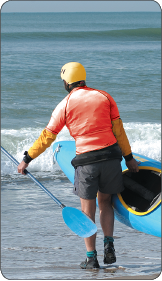|
| Causes of a Pulled HamstringMuscle FatigueMuscle exhaustion decreases your strength, power and endurance which increase your risk for injury. Over-stretching, overexertion and overuse of your hamstring muscles occurs frequently in sporting activities and/or daily life. Improper or No Warm-up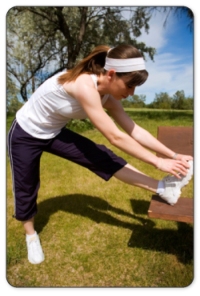 As with any muscle, not warming up your hamstrings before use increases the chance of a muscle pull. Cold muscles are less elastic and pliable compared to warm muscles that are ready to contract and extend as needed during activity. Using a Leg TShellz Wrap® prior to activity will improve blood flow and warm the muscle tissue. This will make your hamstrings and hip flexors more flexible and ready for activity with less risk of injury. Doing too much, too soon, too fast, or exercising and moving about in cold weather, puts you at even more risk for a pulled hamstring. Tight Muscles During ActivitySometimes you will get a pulled hamstring doing very simple tasks like landing in a strange way from a jump, aggressively stretching in yoga class, or running after your kids or the bus. When your hamstrings or hip flexor muscles are tight and not flexibly, your chances for injury are increased. Without flexibility, your range of motion is limited and any stretch beyond your comfortable range can cause a pull in the muscle. Tight hip flexors tilt the pelvis forward which causes the hamstrings at the back of the thighs to stretch, reducing the range of motion. Improper Training Utilizing a poor technique (over-striding in running or walking), improper equipment (old shoes) or hard and uneven training surfaces during activities will often put your body at a higher risk for injury. These will also make you feel more tired as the inefficient movements require you to use more energy to complete tasks than required. The above causes are often self-imposed; which means with a little self-management you can have some control over the risk of injuring your hamstring muscles. However, the following conditions can make you more prone to hamstring injuries and be the cause of a number of the above situations. Muscle ImbalancesStrength differences (between the hamstring and quadriceps or lower back and pelvis muscles) and poor coordination can increase the risk of a pulled hamstring. Your quadriceps often overpower your hamstrings (generally if hamstring strength is less than 60% of quad strength), which is seen frequently with triathletes as they mix running and cycling. Predisposed Condition and AgingTight hamstring muscles often result from not stretching properly before your activities. However, shortened and tightened muscles, spine stiffness and poor flexibility can be hereditary and/or a side-effect of aging; it is seen more frequently in men than women. All of these can cause a lot of pressure on your body (low back stiffness can pressure your sciatic nerve which causes your muscles to tighten) and require a lot of work on your part (daily stretching). 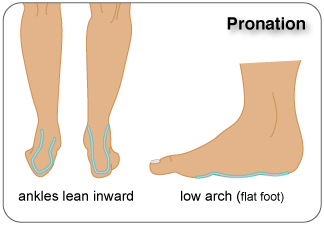 Alignment issues, leg length discrepancies, or overpronation or supination (which affects the way your foot hits the ground when you walk) can put a lot of stress on your hamstring muscles and result in a pulled hamstring. Overpronation occurs in at least 60% of people with hamstring strains. Other factors that can put extra tension on your hamstring and influence your risk of experiencing a pulled hamstring include:
Previous Hamstring InjuryRepeated hamstring injuries are very common - studies show that once you have a hamstring injury, there is approximately a 30% chance that you will get it again. This is the highest reinjury rate of any soft tissue injury! They decrease the function and strength of your hamstring over time, and encourage inflammation, scar tissue and calcification development, so these damaged parts never heal properly. Impatience and incomplete rehabilitation (not letting injuries heal, so your body can return to peak performance level) is often the reason for repeat injury. This is seen most frequently in runners. Previous injuries to your lower back, pelvis, knees, calf and/or achilles tendon can also instigate a hamstring injury (especially if they haven't healed properly). To learn how to treat a hamstring pull, go to our hamstring treatments page. Product specialists are available 9:00 am to 5:00 pm Eastern Standard Time Monday to Friday. If any question or concern arises, call us or simply send us an email at any time (we check our emails constantly all throughout the day and night.. even on holidays!). We will respond as soon as possible. North America Toll Free 1-866-237-9608 |
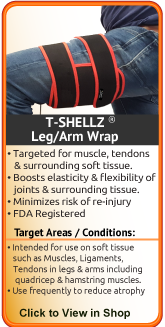  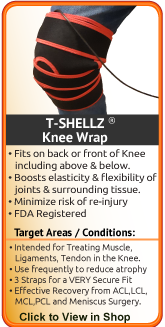  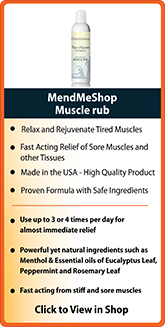   |
